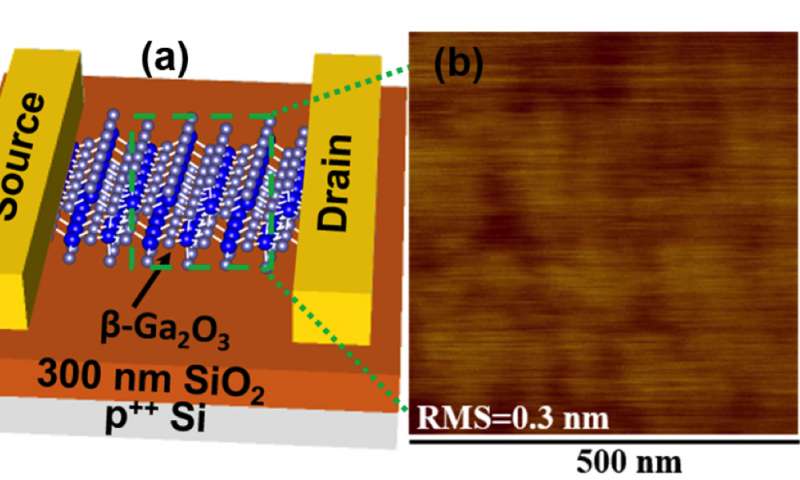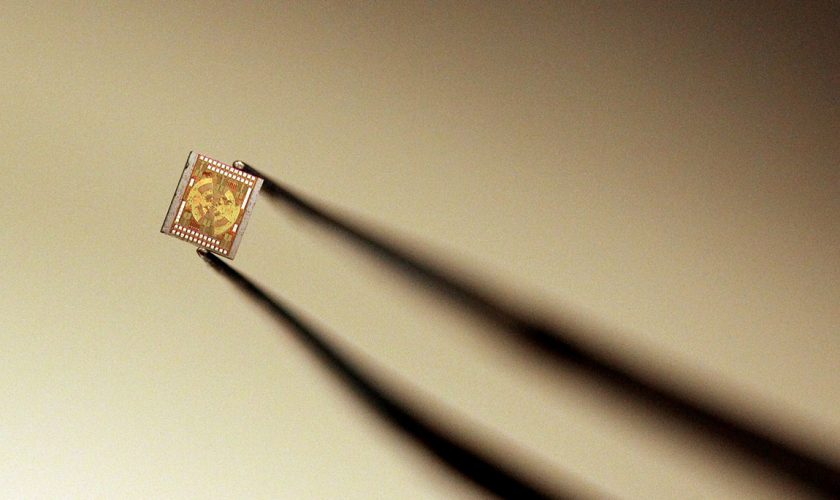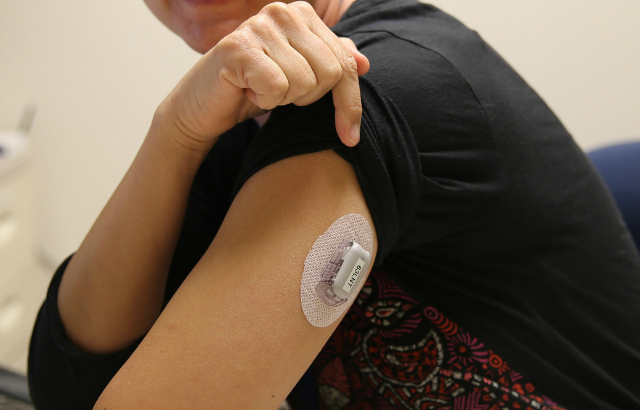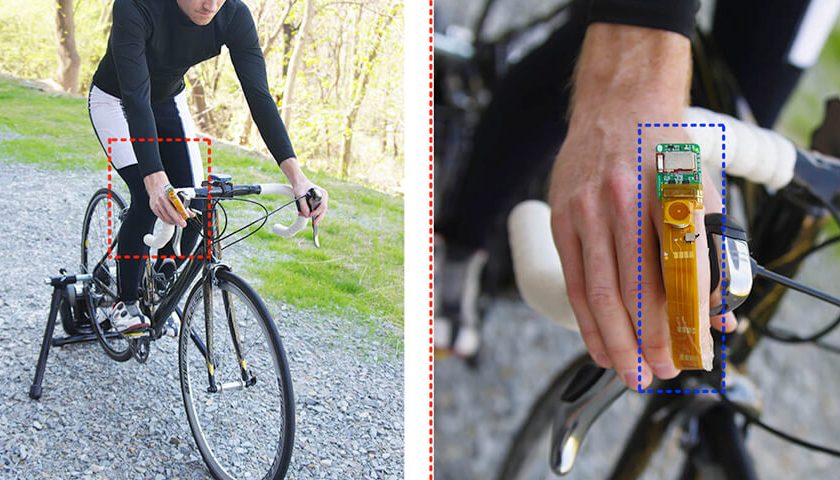Avoiding Cloud in this digital age is becoming almost impossible
The cloud platform has emerged just a few years ago and became a close part of our everyday life without us noticing it. It has been possible due to a number of factors which includes the adoption of this platform by the major commercial and governmental agencies along with the rampant multiplication of computing devices along with the immense growth in the smartphone sales. All these major trends stated here has somewhat influenced each other but only helped in the advancement of the cloud culture in the modern society.
We are advancing towards a highly digital age where everything is online and connected. This move started with the first online shopping service which was brought in 1978 and currently we have billions of users shopping online. Currently we have innumerable of websites, applications and email service which are cloud based. Most of these entities make use of the giant cloud server farms to provide a robust service to the end users. Some of the major cloud server provider includes Microsoft Azure, Amazon Web Services or AWS and the Google Cloud Platform.
Cheapness led to popularity and adoption of Cloud
During the early days the computers were so expensive that only governments and large corporation were able to afford them. When microprocessor started powering the computer devices in 1970 then it became cheaper with each passing year. Computers became popular for a variety of work which included writing, accounting, playing music, watching movies or videos, games, sending emails and much more. Today computers help us in shopping, connecting with others as well as connecting or interacting with variety of other devices.

Computers aren’t the only device we stick to in our life today. We also have smart TVs, home security systems, electricity meters, fitness bands, smartphones, digital radios and highly intelligent digital assistants. Our world is getting smarter and our devices are filled with data which can’t be used in a cohesive fashion without the use of a cloud platform which helps in accessing all together without any hassle.
The war of different ecosystems
Just a few years ago the PC markets were raging with the battle between the Mac OS, Linux and Windows with Microsoft having a giant share of 95%. But within a span of last five years the battle ground has shifted from the OS to whole ecosystem and companies are actively working at bringing their people on their ecosystem of connected devices. The major ecosystem we have to choose from includes the Apple, Google and Microsoft where Apple is gaining the edge while Microsoft competes at the last position.
Each of the ecosystems popularized by the associated firm bridges the gap between a range of different devices, applications as well as service. In order to make most of all users are required to get an account linked with their email address. Currently company’s still allows users to make use of rivals email service but very soon this will be removed as it is been expected.

















